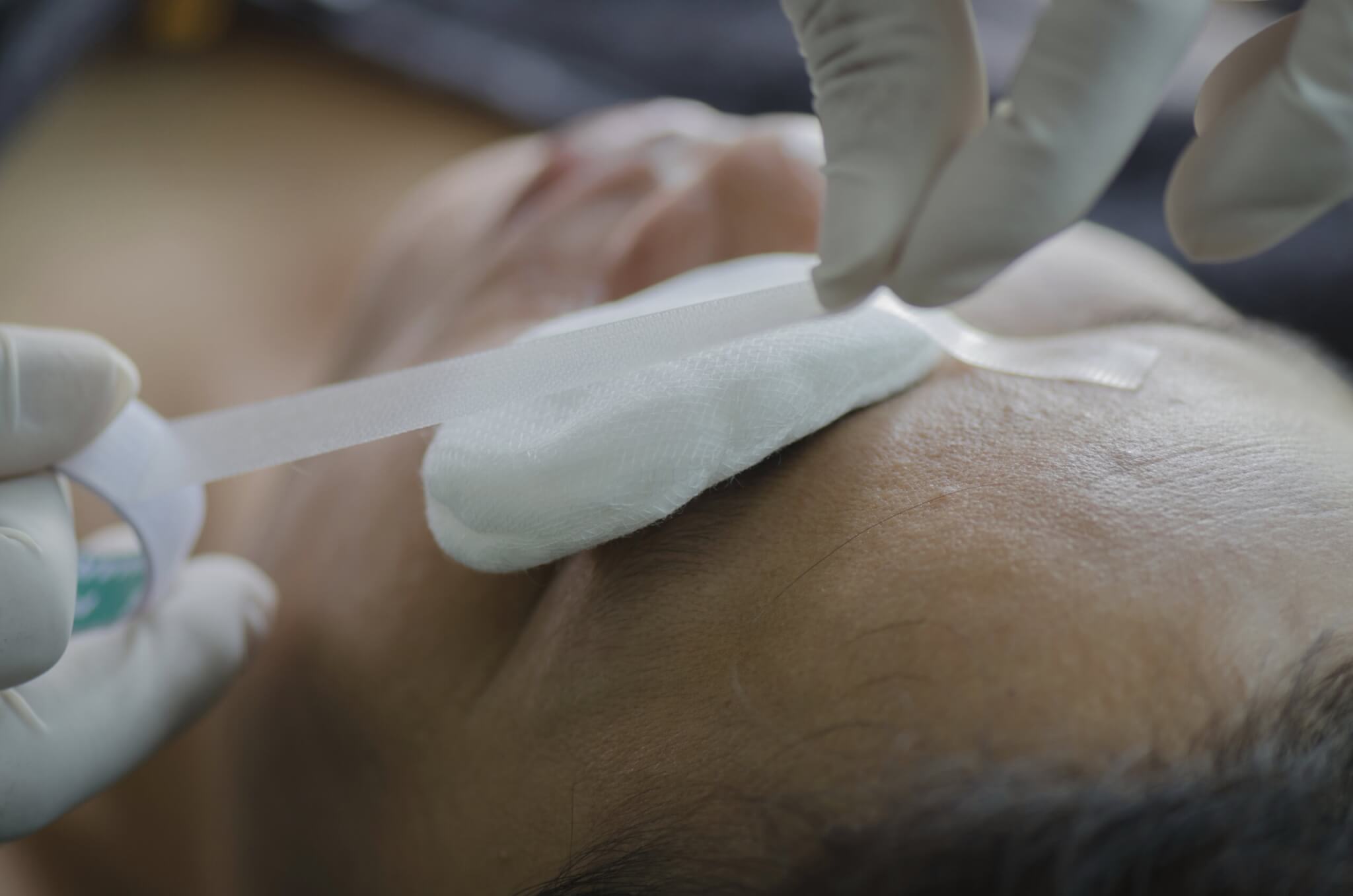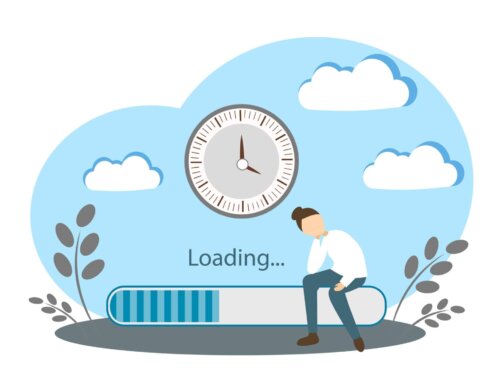Eye Injury Prevention Month aims to promote awareness of the need to look after our eyes and take protective measures to reduce the risk of injuries.
Eye injuries can have catastrophic effects, causing total blindness in worst-case scenarios. If you have suffered an eye injury in an accident that was someone else’s fault, you may be eligible to bring an eye injury compensation claim.
What is eye injury prevention month?
Eye Injury Prevention Month seeks to inform the public about the common causes of eye injuries, highlight the safety measures we can take to protect our eyes, and provide advice on how to spot the early signs of eye injuries so we can seek early treatment and prevent long-term damage.
In 2022-2023, UK employers reported 709 eye injuries in the workplace to the Health and Safety Executive, of which 616 were severe enough that the employee could not work for 7 days or more. Compared to other types of workplace injuries, such as back injuries, of which 7,803 were reported, this figure might not seem particularly high. However, any injury to the eye has the potential to have life changing consequences. More startling, perhaps, is that, according to the Manchester Royal Eye Hospital, as many as 90% of eye accidents could have been prevented.
What are the more common types of eye injuries?
Eye injuries can range from slight scratches to the eyelid to medical emergencies, such as hyphema, which is bleeding in the front of the eye that can cause permanent sight loss.
Some common types of eye injuries caused in the workplace include the following:
- Scratches or abrasions to the eyeball or eyelid.
- Piercing of the cornea.
- Black or swollen eye.
- Foreign bodies in the eye, such as grit, metal, or debris.
- Chemical burns.
- Blunt force trauma, for example, from being hit in the eye by a ball.
- Cuts or lacerations, for example, from glass or tools.
- Fracture of the eye socket.
- Retinal damage from exposure to extremely bright lights.
What types of accidents can cause eye injuries?
Most eye injuries happen at home, usually when the person is cleaning or doing DIY. Other common environments for eye injuries include the following:
1. In the workplace
Eye accidents at work can happen for a variety of reasons. Workers in industries like construction and manufacturing who frequently use powerful tools, such as grinders, are particularly susceptible to eye injuries if they don’t take the proper precautions.
Some of the most common causes of eye accidents at work are as follows:
- Chemicals splashing into the eye.
- Flying particles, such as grinding swarf (the chips that fly off when metal is being ground) entering the eye.
- Falling from a height and sustaining a fracture to the eye socket.
- Exposure to ultraviolet rays from welding torches.
2. On the road
Road traffic accidents can cause injuries to most body parts, including the eyes. Examples of some eye injuries that can arise from a collision include the following:
- Lacerations to the eyeball or eyelid from road debris or shattered glass.
- Orbital fractures. The orbital bones make up the eye socket. They’re incredibly strong, but the sheer force of a crash can be enough to fracture them.
- Black eyes from hitting the airbag or being struck by flying objects.
- Chemical burns from leaking fluids or the substances used to inflate some airbags.
Whilst most eye injuries sustained in road traffic accidents are mild, some can be serious. Severe orbital fractures, for example, may require surgery.
3. In Public Places
Accidents that happen in public are known as ‘public liability accidents’. They can occur in any public place, such as supermarkets, gyms, or playgrounds.
The potential types of eye accidents in public places are vast, ranging from a hairdresser dropping peroxide into your eye to a child fracturing their eye socket after a fall in a poorly designed playground.
How can you prevent eye injuries?
Eye injuries can be frightening and painful. Luckily, though, the vast majority are preventable with proper precautions.
Here are just a few examples of the measures you can take to reduce the risk of injuring your eyes at home and work:
At home:
- Wear safety goggles when doing DIY and using power tools like drills and sanders.
- Make sure your tools are in good working order. Damaged tools pose a greater injury risk, so you should get them repaired before you use them.
- Wear chemical safety goggles when using powerful detergents to clean your home.
- Never mix cleaning solutions.
At work:
- Wear the appropriate type of eye protection for the work you are carrying out. For example, if your task can cause flying particles, you’ll need goggles with side shields to prevent them from entering your eye from any angle. If you’re welding, you’ll need a welding helmet. Crucially, whatever eye protection you wear, it must fit properly.
The Manchester Royal Eye Hospital reports that around 40% of injured employees were wearing eye protection at the time of their accident, but that the eye protection they chose was inappropriate for the task at hand, did not fit them correctly, or was damaged.
- Pay proper attention when doing anything that poses an eye injury risk. Rushing a task because you’re under pressure increases the risk of injury, and no deadline is worth risking your sight for.
- Never try to do something you haven’t been trained for. If you’re unsure how a piece of machinery works or what eye protection you should wear, you must ask your employer.
- Check that your eye protection works properly and is clean before you start.
- Make sure the area you are working in is adequately lit.
What should you do if you sustain an eye injury?
What you should do if you have an eye accident depends on the circumstances.
Some minor eye accidents, such as getting a small amount of dirt in your eye, might not necessitate medical attention since our eyes are excellent at flushing harmless particles out when we blink.
However, getting particles of other materials, such as glass, in your eye can be far more serious. You must avoid rubbing it because this can cause the particles to become embedded. Instead, you should seek medical attention immediately.
Some eye injuries will always require medical intervention. For example, if something has pierced your eye, you’ve been splashed in the eye by a strong chemical, or you’ve fractured your eye socket, you should see a medical professional straight away.
You should err on the side of caution when it comes to eye injuries. Even apparently minor injuries can have long-lasting effects on your sight if left untreated or treated incorrectly. If you’re in any doubt about whether you need medical help, it’s better to be safe than sorry.
Can you make an eye injury compensation claim?
Not all eye injuries give rise to a personal injury claim. However, if your accident was someone else’s fault, you may be entitled to compensation for your pain, suffering, and loss of amenity as well as any financial losses you incur, such as loss of earnings.
For example, your employer is under a legal duty to keep you safe while you’re at work. This includes educating you on when to wear eye protection and providing the appropriate type. If they fail on either count, and you are injured as a result, you may be able to bring an eye injury compensation claim against your employer.
At Mooneerams Solicitors, we specialise in assisting victims of no-fault accidents in securing the compensation they deserve. We have a proven track record of negotiating excellent out of court settlements for our clients, including in eye injury compensation claims. Even if your claim goes to court, we act for most of our clients on a no win, no fee basis, so you can purse the compensation you deserve without taking on any financial risk.









